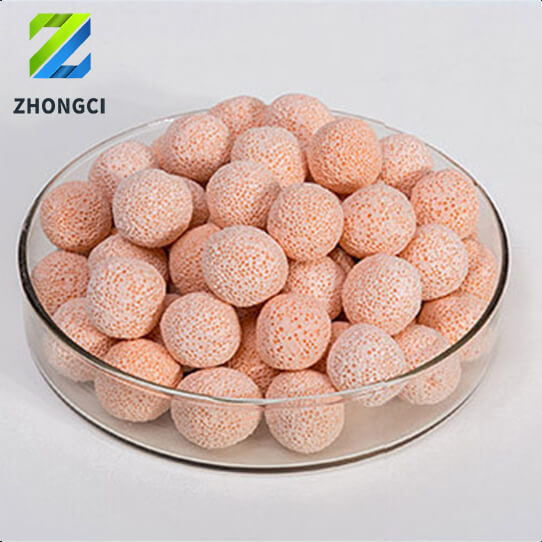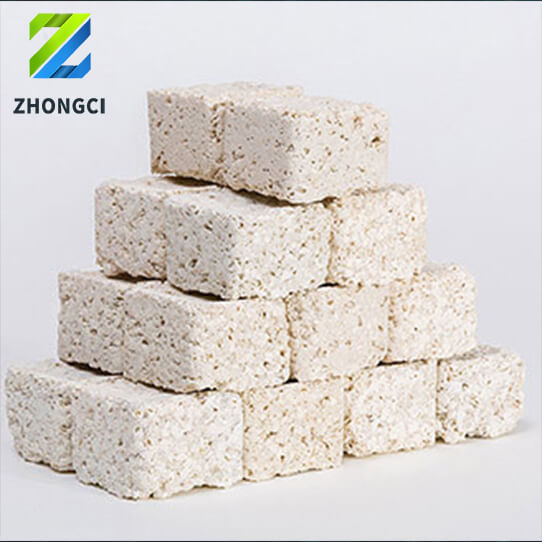Exhibition
Unlock Higher Cooling Efficiency with the Right Fill Design
Cooling Tower F …
Cooling Tower Fill Media — Complete Explanation and Use Cases
Cooling tower f …
How to Choose the Right Perforated Ceramic Ball
Perforated cera …
Ceramic Dechlorination ball
Chlorine Removal Ceramic Ball is composed of 95% Calcium Sulfite.
It is widely used in swimming pool, shower, bath club, chlorine removing equipment and etc.
It has optimal performance in removing chlorine, including C10-, HC10, Cl2, and could remove 99% residual Chlorine in 0.8 seconds.
It has optimal performance in removing chlorine, including C10-, HC10, Cl2, and could remove 99% residual Chlorine in 0.8 seconds.
Diameter | 1mm-10mm, customized | CaSO3 Percentage | >=95% |
Appearance | White Color Spherical Balls | CaSO3 Dissolution | 0.02mg/L |
Specific Area (m2/g) | >5000 | Specific Density (g/m3) | >1.3~1.55 |
Bulk Density (g/m3) | 0.74-0.78 | Density (g/cm3) | 1.35~1.4 |
★ Excellent efficiency of remove residual chlorine in water.
★ Diminution of bad smell, bad taste, impurities, micro organic.
★ Food grade remove chlorine ball for drinking water treatment.
★ Professional Manufacture of bio ceramic balls since 1993.
★ Food grade remove chlorine ball for drinking water treatment.
★ Professional Manufacture of bio ceramic balls since 1993.
Test data:
CaSO3 Dissloved (mg/L) | 0.02 | Adding 5g CaSO3 Ball into 400ml tap water (free chlorine 1ppm)% | >=96% |
CaSO3 Percentage | >=80% | Adding 8g CaSO3 Ball into 400ml tap water (free chlorine 1ppm)% | >=97% |
Bulk Porosity Rate | >=39% | Adding 10g CaSO3 Ball into 400ml tap water (free chlorine 1ppm) % | >=98% |
Specific Area (cm2/g) | >0.5*104 | Adding 15g CaSO3 Ball into 400ml tap water (free chlorine 1ppm) % | 100% |







